This post is part of a series on my recovery journey from a spontaneous bilateral patellar tendon rupture, which left me bed bound for nearly a year. In this article, I will share some uplifting activities to do while recovering in bed. You can also find more tips, resources and fun suggestions at the end of the post!
Pin to Your Recovery & Healing Boards:

Disclaimer: Knee injuries and surgeries, or any surgery for that matter, varies widely from person to person. Your age, lifestyle, weight, circumstances, medications, comorbidities, allergies and other issues can impact your recovery timeline, as well as the tools and methods required. They should be adapted for YOU.
This article, and the resources or suggestions provided within, are based on MY own personal experiences with a spontaneous bilateral patellar tendon rupture, as a person with many chronic illnesses. They are meant for educational purposes and not to be substituted for medical advice. Please consult your own medical provider before trying anything out.
This post also contains affiliate links. It will cost you nothing to click on them. I will get a small referral fee from purchases you make, which helps with the maintenance of this blog (approx. $100/month). Thank you!
Items with a star ⭐ next to them are resources I’ve personally tried and would recommend!
Table of Contents
1. Journaling – There are a Hundred & One Ways to Do it
Many people find journaling therapeutic (Smyth, J. M. et al., 2018), and it can be one of the most uplifting activities to do while recovering in bed from surgery. You can use it to sort through the chaos of thoughts and emotions that are bound to arise with such a major life event. You can also use it to document your healing journey, capture the small wins, or even vent with no holds barred. There are also many ways to journal, depending on your personality and preference. Let’s take a look at some of these!
“You can use #journaling to sort through the chaos of thoughts & emotions, and to document your #HealingJourney, capture the #SmallWins, or even vent with no holds barred.” #KneeSurgery #disabled Click To TweetA Good Old Traditional Diary
When I was young, I used to keep a daily diary. I happened to find these diaries many years later, and they gave me many good laughs. Oh, the trivial problems of being a teenager. I also found ones I had written as a child, and it brought a smile to my face.
Journaling captures the essence of daily life and records our personal growth. That process is so gentle that we often don’t even realise how much we’ve changed as time passes. When you read them at a later point in life, I guarantee you will wish you that you had written more diary entries.
Types of Personal Notebooks & Diaries:
Bullet Journaling
Bullet journaling has been trending for a while now, and allows for a lot of flexibility. You can also get washi tape, stickers and other decorative items to embellish your pages with. You can draw up your own food and mood logs, plan and record daily tasks, and more. Be as creative or as structured as you like. The options are endless, and it’s a progressive effort. When you’re done with a notebook, flipping through the beautiful pages can bring satisfaction.
Types of Leuchtturm1917 A5 Hardcover Notebooks & Colours:
Mental Health & Symptom Trackers
Using a journal to track pain levels, mood, meals, sleep quality, medications and other personal details can be useful for unravelling patterns. Or even help to relieve some of the stress bottled unwittingly on the inside. Showing and practising gratitude has been shown to have many mental health benefits as well.
As someone who lives with chronic pain, depression and anxiety, the boundaries blur after a while. Sometimes I don’t even notice when a new type of pain creeps up. That was how the spontaneous bilateral patellar tendon rupture happened; I had mistaken it for my ‘regular’ Sjögren’s or Lupus joint aches.
You can plot charts, draw graphs, or simply write a log. I record each time I take a medication that’s not on my daily list using the Notes app on my phone, and include why I took it. It’s simple, yet I can still spot patterns from that.
If you’re the practical or curious sort of person, journaling in this format can be an aid and record of your recovery process. Here are some tips on how to get started, from Mental Health America.
“ Using a #journal to track #pain levels, #mood, meals, sleep quality, medications and other personal details can be useful for unravelling patterns. Or even help to relieve some of the #stress bottled unwittingly on the inside.” Click To TweetTypes of Symptom & Wellness Trackers:
Types of Mental Health & Gratitude Journals:
Pin to Your Mental Health, Chronic Pain & Self Care Boards:

Expressive Writing
Thought dump all the stuff running through your mind in endless loops onto paper. It can help you to ‘purge’ them. Writing takes more effort and time than typing. Doing so can help you to process and observe your thoughts more meaningfully.
Whilst thought dumping or expressive writing don’t remove the worries and anxiety in my head entirely, it did help me to move on to the next useful thought. It’s a bit like problem solving, but in black and white. I would also analyse my priorities and moods to see what the sources were, and if I could do anything about them.
I still have these little notes, and when I glance at them, they bring back memories. So in a way, keeping this diary was still beneficial, and I’m glad I captured some of those moments in writing. They show me where I was, and where I am now.
Guided Journals
If you don’t know where to even begin or what to write about, you can try various guided journals for uplifting activities to do while in bed. These usually include prompts or questions to help stimulate your writing juices. Many of them also contain affirmations, inspirational quotes and beautiful drawings within them. Every little thought scribbled down can help to clear your head a little.
Types of Guided Journals:
Types of Guided Art Journals:
Photo Journaling
I used to snap one polaroid picture a day, and write a sentence with a black marker on the edges; a photo diary of sorts. It didn’t have to be anything special. Most of the pictures were of ordinary everyday things, such as a table, my dog or my face.
I really liked this method of keeping a diary, because it’s the ordinary things that make up life in daily increments. When I flip through these compilations, they tell a story of my life. (I think I’ve just inspired myself to start this mini diary project again!)
I like the traditional Instax mini size, but they also come in squares and landscape sizes. There is also a digital printing version, where you can snap pictures and also print ones from your phone or computer via Bluetooth. It’s certainly one of the more fun and uplifting activities to do while recovering in bed!
Types of Polaroid Cameras:
Digital Journaling
Finally, you don’t need a physical diary to journal these days either. There are now quite a number of phone apps you can use. I started using Daylio, as my psychiatrist told me to record my mood every day to find some patterns. But it extends beyond that and allows me to include a short daily journal entry with a photo. I like that I just need to write a short snippet, and the visual element makes it fun to browse through.
Pin to Your Journaling, Mental Health & Recovery Boards:
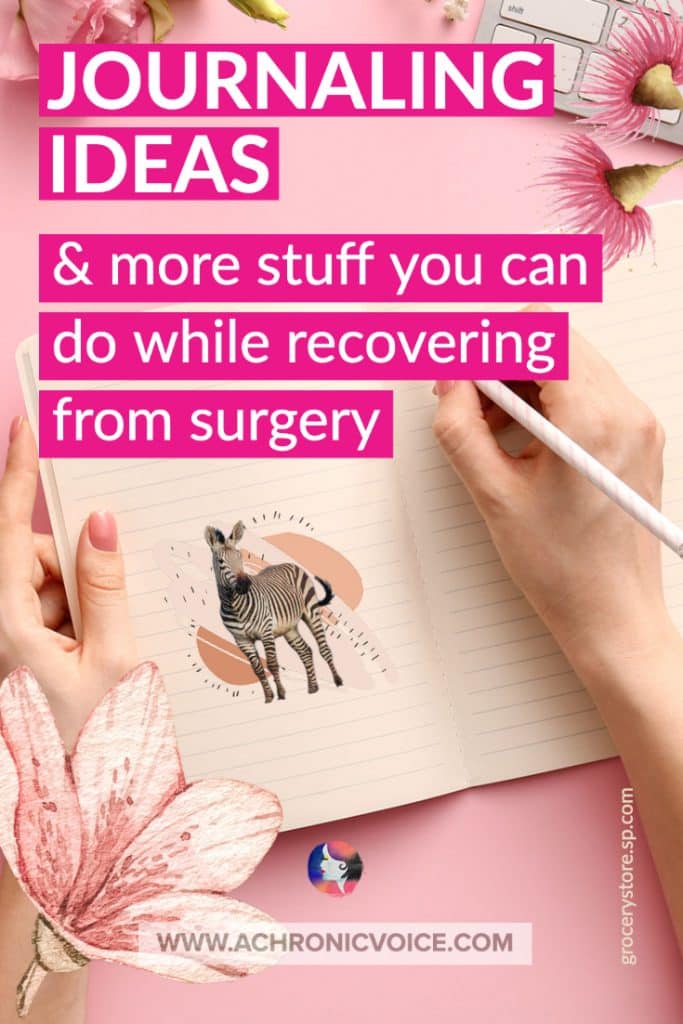
2. Make a Vision Board or Bucket List
A vision board is a collage of images that represent your goals and dreams; a visual reminder of what you want and hope to achieve in your life, and as a person. It can include bucket list destinations, career, finance and personal goals, your values in love and life, and anything else you want. Use images that resonate with you, and cut or print them out from anywhere. There are also vision board kits, if you prefer to have something a little more readymade.
It can be a fulfilling self-awareness exercise and one of the more uplifting activities to do while recovering in bed, as it is a beautiful visual reminder that you create for yourself. Take your time to piece them all together, and feel free to modify it as life takes you different paths along the way.
“Making a #VisionBoard can be a fulfilling #SelfAwareness exercise and one of the more #uplifting activities to do while #recovering in bed, as it is a beautiful visual reminder that you create for yourself.” #ChronicPain Click To TweetTypes of Vision Board Kits & Supplies:
3. Write Thank You Notes to Those Who Matter Most
You can get some nice cards – or make them yourself for some extra love! – and write thank you notes to all the healthcare staff, caregivers, friends, family and people who took care of you, and have been supporting you. It’s always nice to receive a handwritten letter, and words are forever. I know I keep these little notes from others, as they’re like tangible bits of precious memories.
“It’s always nice to receive a handwritten letter, and words are forever. I know I keep these little notes from others, as they’re like tangible bits of precious #memories.” #gratitude #ChronicallyIll #spoonies #DisabilityTwitter Click To TweetTypes of Thank You Card:
Conclusion on Uplifting Activities to Do While Recovering in Bed
Being stuck in bed is never fun, whether it is due to a major or minor surgery, chronic pain, chronic fatigue, depression, or something else. But there are still a few uplifting activities you can do as you sit or lie in bed, whether as a form of distraction from the pain or your brain, or to feel a sense of meaning or accomplishment.
Whatever it is that you’re going through, know that you’re not alone in your isolation and struggles. There are many in the chronic illness community out there who understand and empathise. I hope that this list gave you a few good ideas on uplifting activities to do while recovering in bed. Don’t forget to check out the full series right below for more activities!
Pin to Your Chronic Pain, Disability & Mental Health Boards:

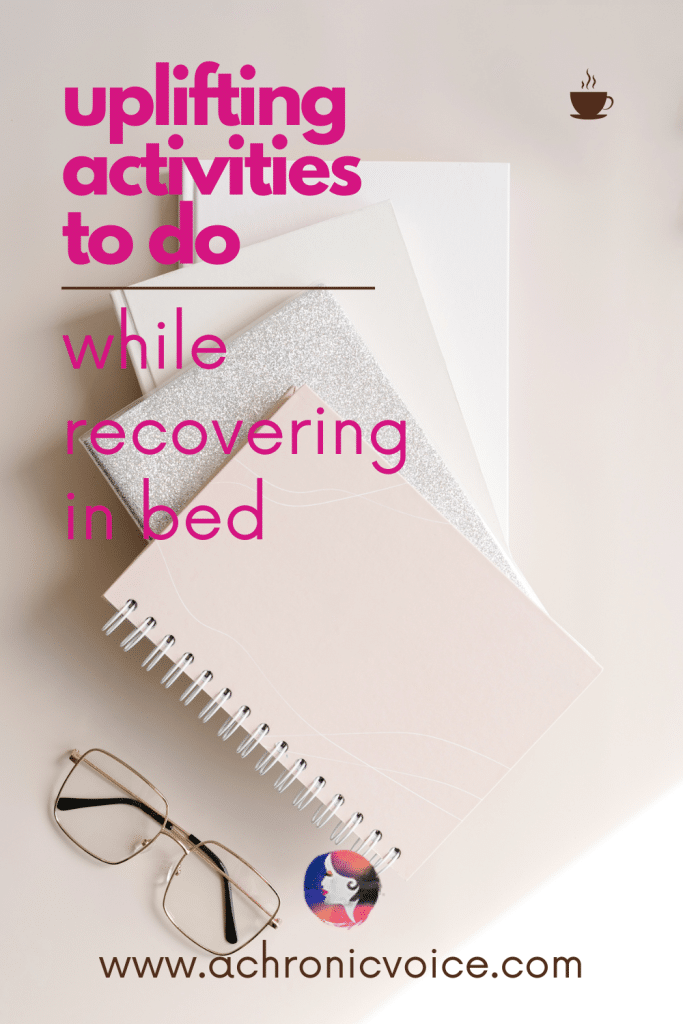
-
References:
- Smyth, J. M., Johnson, J. A., Auer, B. J., Lehman, E., Talamo, G., & Sciamanna, C. N. (2018). Online positive affect journaling in the improvement of mental distress and well-being in general medical patients with elevated anxiety symptoms: A preliminary randomized controlled trial. JMIR mental health, 5(4), e11290.
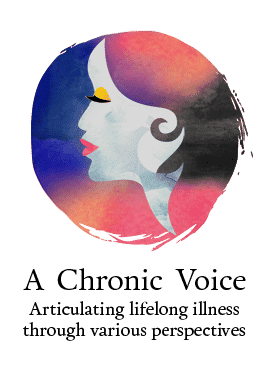
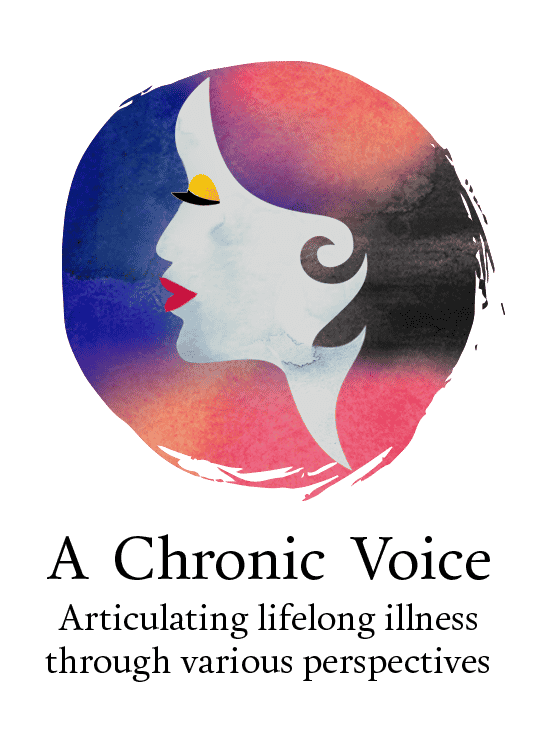
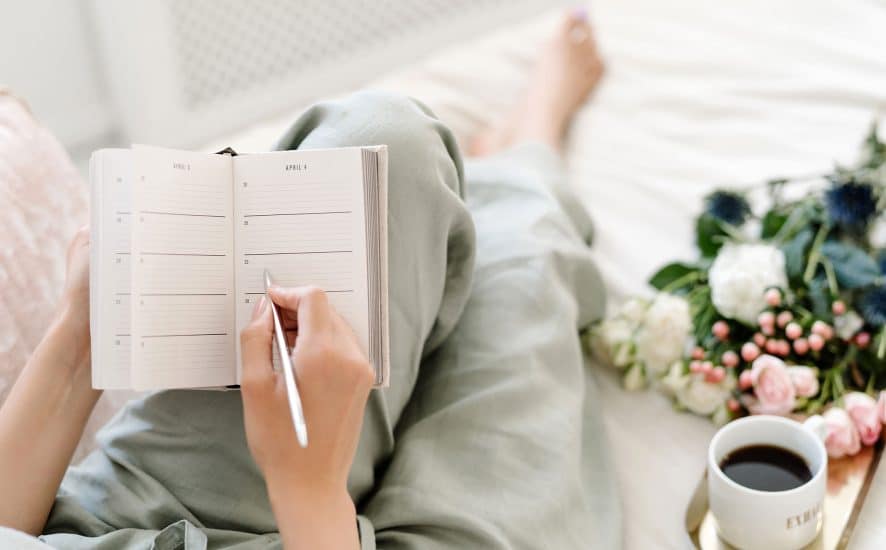














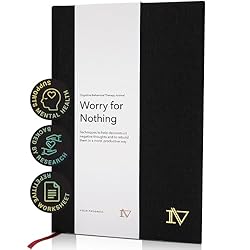


















HI, Sheryl!
This is a such a great post. I really enjoyed all of the journals you shared, and the idea of sending people thank you notes. What really jumped off of the page for me was your statement that journaling can help you get to the next helpful thought. That was very profound and I thank you for sharing that.